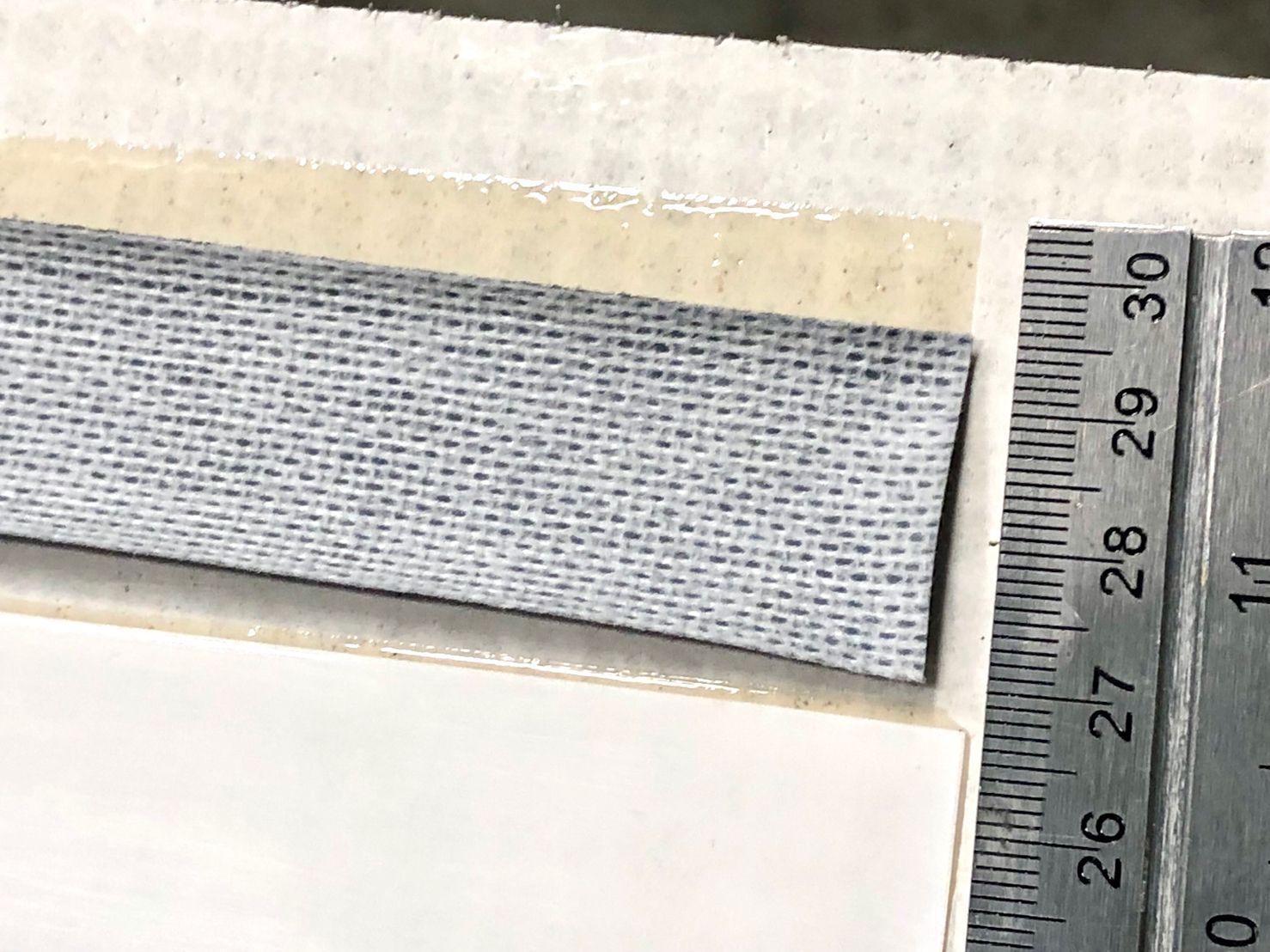Tags: #buildingdesign #buildingenclosures #buildingenvelopes #buildingmaterials #buildingscience #tape



Elevated temperature limits for tapes and SAFs: What do they mean?
Manufactures and OEMs often disclose upper temperature limits based on AAMA 711 protocols. These methods entail 7-day elevated temperature exposure reflecting three temperature classes: 122°F (50°C), 149°F (65°C), and 176°F (80°C).
Following the 7-day exposure, peel resistance is measured after 24 hours at standard ambient temperature. General appearances of the tape/SAF are also noted such as “wrinkling, distortion, blistering, delamination, expansion, expansion, shrinkage, or warpage”.
Post-exposure peel results are rarely divulged to the end user. The same is true for post-exposure descriptions. The assessment becomes largely subjective and qualitative – the specifics of which are undisclosed.
I’ve tested numerous tapes over the past few years and I know that many reported classifications are incorrect. Moreover, some OEMs claim service conditions in excess of 200°F while my own testing of the same tape shows adverse effects at 149°F.
When evaluating tapes, seek full disclosure of test results and the methods used to derive them. I also advocate for a higher temperature class, which I place at 200°F. This better accounts for conditions sometimes encountered on or within building enclosures.

